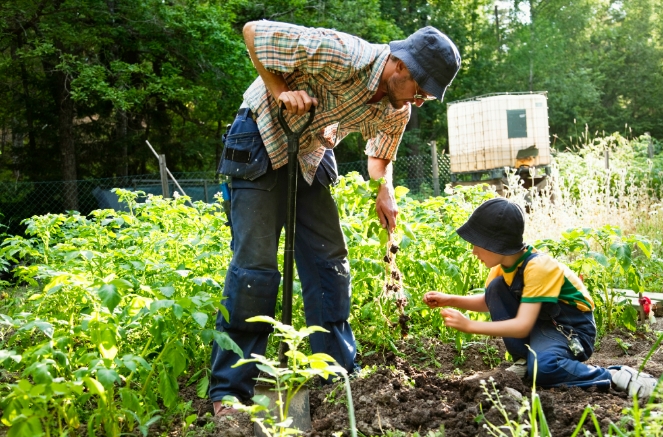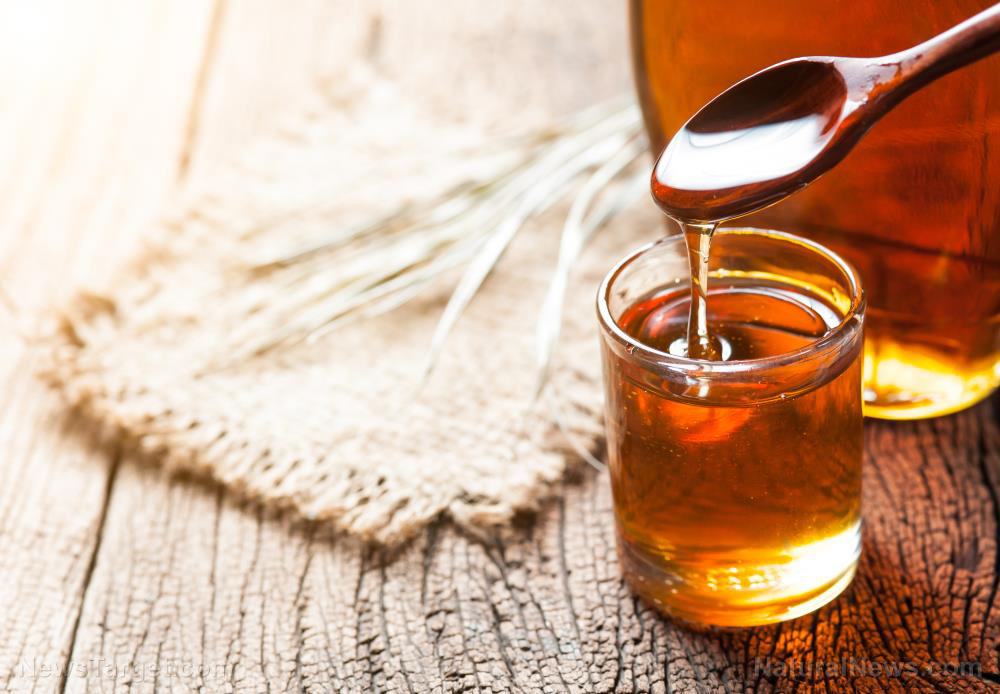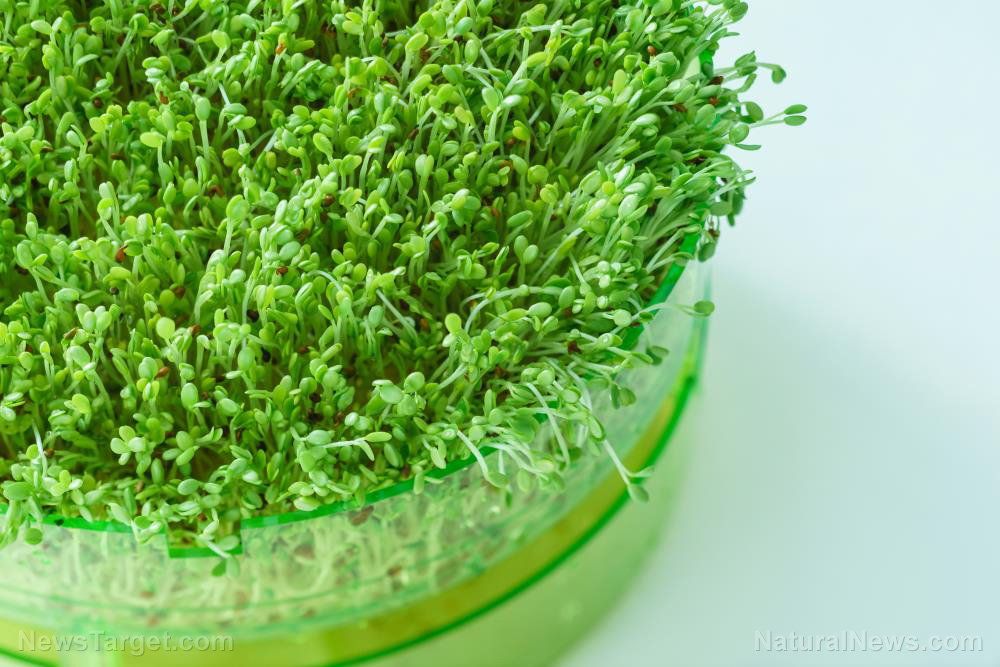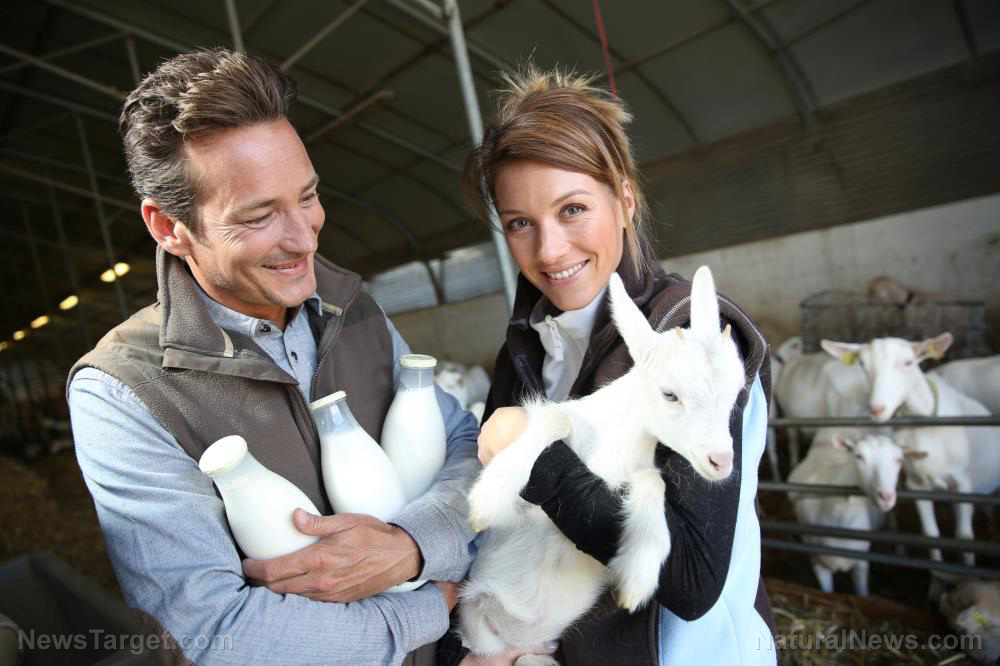Common chicken diseases and how to prevent them
02/15/2021 / By Virgilio Marin
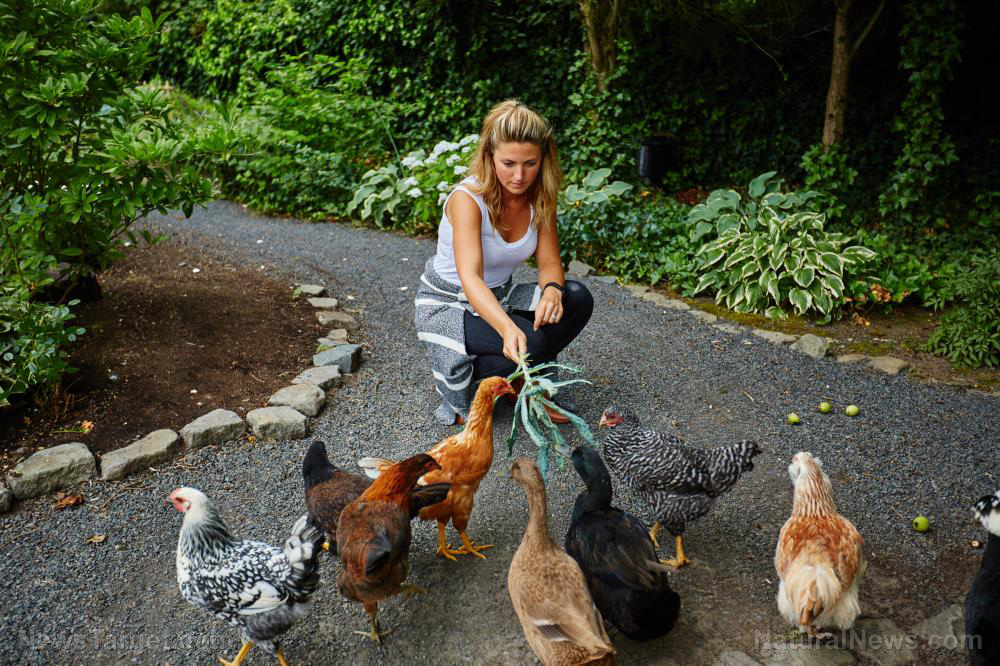
Chickens get sick just like humans do. They, too, are affected by harmful pathogens and are prone to various illnesses under poor living conditions. If you’re new to raising backyard chickens, familiarizing yourself with common poultry diseases is important to keep your fowl healthy. (h/t to NewLifeOnAHomestead.com)
Avian influenza
Avian influenza is commonly known as bird flu. Chickens with avian influenza often experience breathing difficulties and may eventually stop laying eggs and develop diarrhea. Their face also becomes swollen and their wattles or combs may change color.
Infected chickens will carry the disease for life, so prevention is important to keep your flock healthy. Keep your chickens indoors during high-risk times and prevent wildlife access. Stray birds carrying the disease can infect your chickens upon contact.
Botulism
Botulism in chicken is caused by ingesting contaminated food or water. There might be spoiled meat near a food or water supply. Chickens with the disease have progressing tremors that can lead to paralysis and even death if left untreated. Fortunately, botulism is easily avoidable by keeping your chickens’ food and water supply clean.
Infectious coryza
Infectious coryza is a contagious respiratory disease. Chickens with this disease have a swollen head and comb and have discharge coming out of their eyes and nose. They will also stop laying eggs and have moisture under their wings
Infectious coryza is commonly spread through contaminated water or infected birds. Eliminate contact with other chickens and keep your fowl’s coop and water clean.
Thrush
Thrush in chickens is a fungal disease that’s commonly contracted through eating moldy food. Chickens with thrush have a white substance oozing out of their crop, are hungrier than normal and appear lethargic. In addition, their vents look crusty, and their feathers are ruffled.
Keep your fowl’s coop and water clean to avoid thrush in your chickens.
Pullorum
Pullorum is a viral disease that’s spread through contaminated surfaces and carrier birds. It can affect both young chicks and adult birds, but it does so in different ways. Young chicks appear lethargic, exhibit respiratory problems and have a white paste on their bottoms. Most older birds only sneeze and cough.
Keep the surroundings of your chickens clean and keep carrier birds away to avoid pullorum in your fowl.
Mushy chick
Mushy chick disease only affects baby chicks. Those with the disease smell odd, appear lethargic and have blue and swollen midsections. The disease is caused by bacteria and can be passed between chicks via dirty surfaces.
Avoid this disease in chicks by putting them in clean coops. Keep in mind that the bacteria that cause this disease can also affect humans. (Related: Oregano keeps chickens healthy and disease-free naturally.)
Egg yolk peritonitis
Egg peritonitis is a common problem in egg-laying hens. Those with the condition do not properly produce a membrane and shell around the egg, causing the yolk to be laid internally. This, in turn, causes a buildup inside the abdomen of affected chickens, leading to discomfort and breathing difficulties.
Egg yolk peritonitis often occurs concurrently with many other conditions, including oviduct impaction and chronic obesity. Reducing stress in your flock, monitoring their weight and keeping their coops clean helps lower the risk of egg yolk peritonitis.
Green muscle disease
Green muscle disease is a degenerative muscle disease that affects the breast tenderloin. This disease causes muscle death, discoloration and pain in affected birds. It is common in pasture-raised chickens who grow to sizes too big for their breeds. Reducing stress in your chickens and avoiding overfeeding can help prevent green muscle disease.
While raising backyard chickens can be challenging, simple preventative measures like keeping chicken coops clean will go a long way toward maximizing the benefits of homesteading.
Sources include:
Tagged Under: avian influenza, botulism, chicken diseases, chicken health, egg yolk peritonitis, green muscle disease, homesteading, mushy chick, Poultry, poultry farming, prevention, pullorum, sustainable living, thrush, tips
RECENT NEWS & ARTICLES
COPYRIGHT © 2017 GREEN LIVING NEWS







